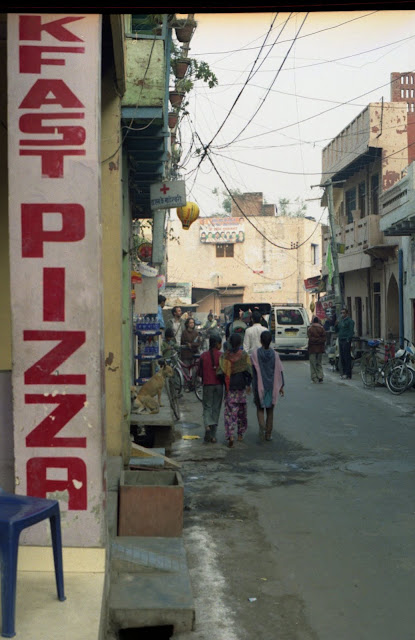Asian toilets seem to me to follow the track of the sun, from a splendid rise in the East to a no less extraordinary fall in the West. This most fundamental of necessities has opened our eyes to the mouthwatering range Northern Asia has to offer...If only colostomy bags were available over the counter in Boots.
The good
We couldn’t afford much in our short time in Japan; eating regularly: challenging. Drinking: even the low grade sake passing itself off as beer (a notorious brewer’s tax dodge over there) was a fortune. Travel: the cost of one night bus would see us right for four days in China but man they do have nice W.Cs, Non! Make that great WCs.
Think Picard’s roomy lounger on the bridge of the Enterprise and you’re there. Seriously your butt will feel like Little Lord Fauntleroy once it’s frequented these beauties. Truth is that Japanese loos are every bit as polite and discreet as the folks!
They have not wasted time on ornamental gold plating and porcelain. Their toilets are pristine gadgets. In fact they look like they’re about to take off. Flanking your seat are two arms or the ‘control panel’. There are various buttons; the nicer places, i.e department stores and the posh bars we couldn’t afford but pretended we could when nature called had more ‘options’. But what are these options you ask??
First up heat! Because warming your be-hind on the radiator of a cold morn is so last century. Thermostat presumably built in!? Next, a button to simulate the sound of flushing guaranteeing you cast iron discretion whilst you go! As if this wasn’t enough, the thoughtful people in one large Tokyo department store had an instructive sign in the commode advising you on the best way to wash your arse! Just in case the gadgetry becomes a little too overwhelming....
There is ritual here too in the shape of separate bathroom slippers provided in the hotels, ryoken, some restaurants and the onsen. I got the impression the Japanese do not ‘gasp for the loo’ too often given the chances you might accidently wet yourself whilst you’re popping your toilet slippers on.
Swish toilets! Happily one of Japan’s few affordable luxuries!
The bad
Unsurprisingly the toss up was between China and India.
Both have some truly awful facilities. Given the average heat of the summer months in both these countries, your water consumption may find you frequenting the squats more often than you would wish. Both countries favour the traditional model; basin and hole with ridged feet bays either side. What fun working out which way to face, the wall or the door?...wish you luck with that!
In the long run they are more hygienic than a seat although you’ll be missing that U-bend once your nostrils catch a heady whiff from that ominous open hole. India’s streets are distinctly male dominated and you will see a glut of public urinals in the shape of low three-sided cubicles planted in the middle of the pavement for a lovely roadside view.
Public facilities, numerous as they were, were occasionally ignored by Indian’s themselves. It didn’t occur often but one elderly lady deftly hitched her sari up one sunny evening and spent a pound in the middle of the pavers. Can’t pay enough for that sort of image emblazoned infinitum on your retinas.
The ugly
The award for Northern Asia’s worst spending a penny belongs rightly to China.
The place: Jinyin monasteries communal toilet halfway up Mount Emei. The bathroom was an outhouse set away from the main house (with good reason). Once in, there were cubicles with saloon style swing doors and within those doors a distinctly uninviting dark concrete shaft. Aside from a wealth of collateral damage, the place was a hive of black fly and mozzie hell. My naive presumption that monks might keep an orderly toilet went down the pan with the idea that I would ever attempt to make this journey in the black of the wee hours. I wondered briefly what Bear Grylls might do in my position, which was a complete waste of time as he would easily get on with the job at hand likely stopping on the way out to gather up a few of those mozzies in a jar for a light nutritious meal pre-zeds.
Same mountain but a little further down, the loo’s were a sociable semi-circle with low concrete walls allowing you the freedom to chit chat unabated with your neighbours. As I wandered in dazed after a good eight hour hike there were at least five or six tiny Chinese ladies in congregation at the concrete altar.
Oh the humanity...
